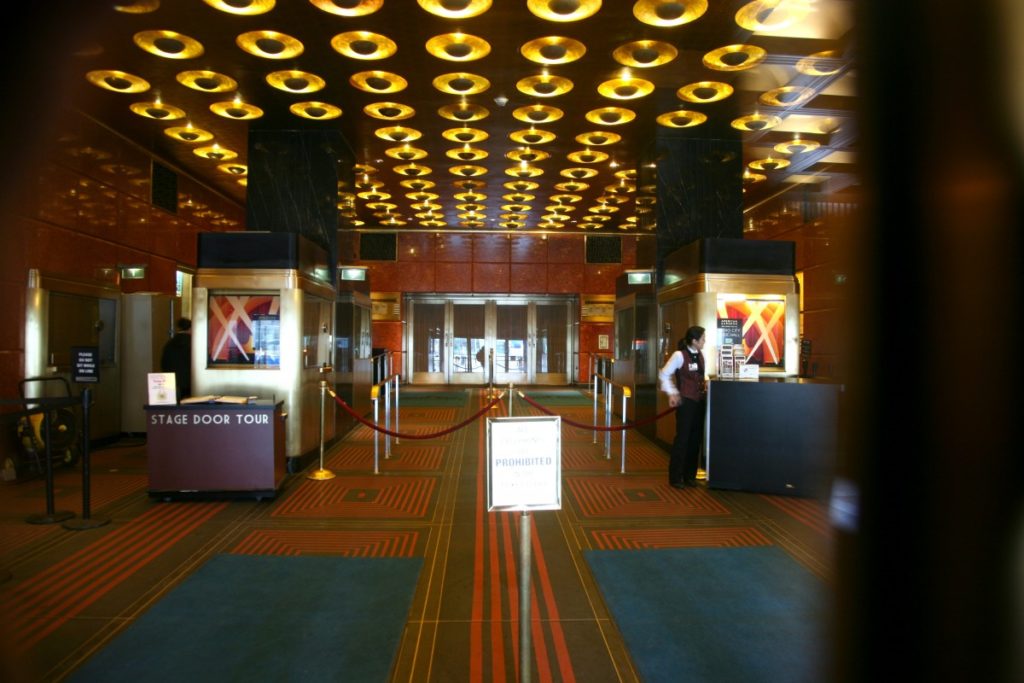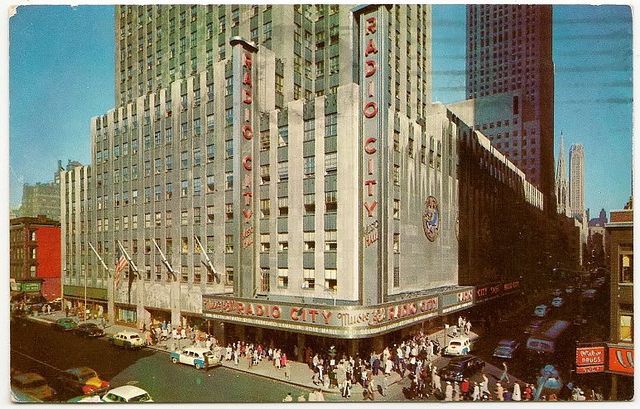What to watch?
by Peter Herford

There are too many queens. The Queen’s Gambit. The Queen. The Queen is Elizabeth, the English queen who traces her Anglo-Saxon heritage right back to…Germany of course. But for those of us who isolate from the Covid curse by wrapping ourselves in the warm embrace of streaming, the issue is what to watch?
If it’s just a matter which of two most popular queens, that’s a piece of cake. There are at least nine “queens” on Amazon video in a cursory search, and likely 90 if I try a little harder. A quick Netflix search produces 16 queen titles.
In pre-streaming days, the mantra was “500 channels and nothing to watch.” Now it’s the agony of “What do I watch first?” There are more than 200 streaming channels around the world. More are added weekly.
I make lists. I even bought a whiteboard to keep track of the 2 to 4 shows I watch at any one time. But the list gets sabotaged because the streaming services add content faster than I can keep up with them. In this waning year, 232 million people in the U.S. watched streaming or downloaded video on all devices.
Netflix alone has almost 200 million subscribers worldwide. The results aren’t all in, but streaming all forms of video likely includes between 1 and 2 billion people worldwide—that’s almost 25% of the world’s population.
And you’re tearing your hair trying to figure out what to watch tonight?
The agony of choice.
It’s been 25 years since streaming entered our vocabulary. In a touch of nostalgia, it began here in Seattle when ESPN streamed the radio broadcast of a Mariner’s game worldwide on the Internet. You could have probably fit all the listeners to that broadcast in one section of the old Kingdome. The rest, as they say, is history.
Like the rapid rise of mobile phones, the youngest generation today has no memory of a world without streaming.

In the 50s, the challenge was: Do I go to a first-run movie in one of the big theatres (almost every city had its “first-run” houses)? Think Paramount, Moore and the Egyptian theatres in Seattle. Or, for not much more than today’s $2, you go to a “double bill,” two movies for the price of one, plus a newsreel with film of the world’s events only a few days to a week old. If you chose well, you got a cartoon or three, as well as “Coming attractions.” But no commercials. Whoever thought of such a thing? Commercials in a movie theatre? The French, that’s who, and other Europeans. Their movie houses showed commercials long before the U.S. dared. But their commercials were far better than ours; and still are. Well, they were a lot sexier anyway.
For 3 to 4 hours of entertainment, about 50¢ per hour.

As a kid, I splurged and made my way to Radio City Music Hall in New York for a nickel and a free transfer on the bus on a snowy winter day. The equivalent of $4 today got me a ticket to the world’s largest theatre where I sat with 6,000 people for a first-run movie, a stage show featuring 36 Rockettes whose high kicks and tap dazzled the crowd decades before anyone ever thought River Dance.
Then there was the Mighty Wurlitzer, the world’s biggest organ. The Radio City version, with pipes that ranged from inches to 32 feet tall, gave birth to dozens of others in theatres around the world. But New York was not to be outdone. The Mighty Wurlitzer at Radio City Music Hall remains the Queen of organs.
The day I went was special. There was an added feature. Halfway up the 84-foot proscenium (that’s an eight-story building) where the world’s tallest curtain could hide and reveal the world’s largest stage, sat a platform that held a two-person helicopter. The helicopter roared to life, took off inside Radio City, hovered for what seemed like minutes, turned, then turned back, inched forward over the orchestra pit and the first few rows of seats, backed in over the stage and made its way to a platform on the other side for a gentle landing. Take that, OSHA. As a kid of 15 or so, I was dazzled and never gave a thought to the potential danger. This was show business, spectacle and live. And by the way, there were three shows a day and four on weekends.
None of this solves our problem of what to watch tonight. Hey, if all else fails, there’s that ancient technology: Read a book.
Peter is a veteran TV journalist and professor of journalism who cultivates engaged discussions about contemporary concerns. His assignments included Vietnam Bureau Chief, world pool producer for Apollo 11 man’s first flight to the moon, CBS News producer covering the 1968 Presidential campaign, as well as a variety of stories for 60 Minutes. More recently, he worked with independent journalists in the last years of the post-war dictatorship in Croatia and on the creation of Portugal’s first all-news cable channel.
